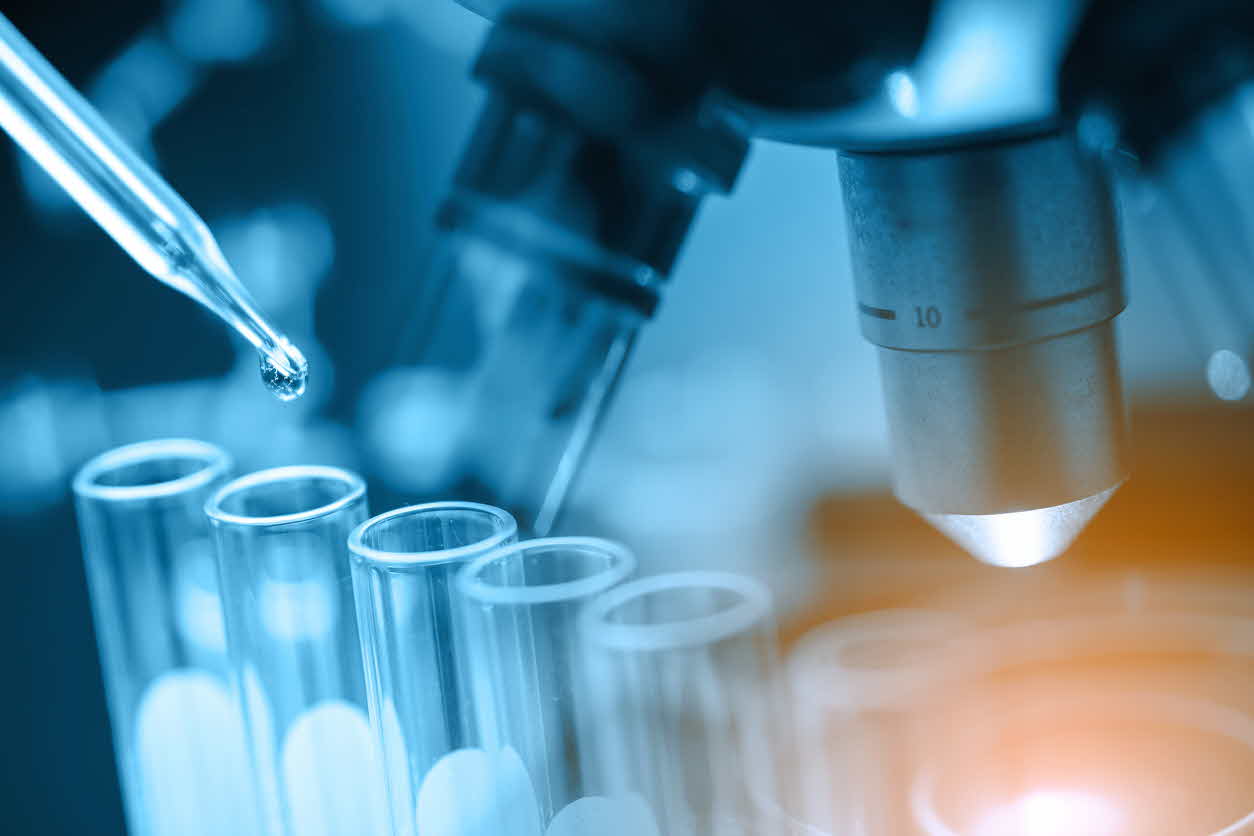An osteosarcoma is a diverse group of malignant spindle cell tumors characterized by the formation of immature bone called osteoid. In this condition, the treatment with painful side effects often lasts a year or more. On a positive note, Fucoidan a natural supplement is known to aid in many similar diagnoses. Fucoidan extracted brown algae does not have side effects and exhibits antiviral, antitumor, antioxidant, and anti-inflammatory, as demonstrated in various in vitro and in vivo studies. Nevertheless, the detailed molecular actions have not been elucidated yet.

So, in this blog, I would like to share the study “Crude Fucoidan Extracts Impair Angiogenesis in Models Relevant for Bone Regeneration and Osteosarcoma via Reduction of VEGF and SDF-1” by Fanlu Wang et al. This study aims to classify the impact of crude fucoidan extract on the formation of vascular structures in a co-culture model related to bone angiogenesis during bone repair and the angiogenic process in osteosarcoma.
For this study, they evaluated the effects of free Fucoidan on cellular and molecular processes in angiogenesis and osteogenesis. First, the MTS assay showed that the osteosarcoma cell line MG63 tolerated higher concentrations of Fucoidan than endothelial cells in the system. A fucoidan concentration of 100 μg/mL had no cytotoxic effect. Nevertheless, this concentration was sufficient to reduce vascular structures significantly, as observed in MSC(mesenchymal stem cells)/OEC (human blood-derived outgrowth endothelial cells) and MG63/OEC co-culture approaches.
Later, they investigated the effect of fucoidan-supplemented media on vasculature formation. They correlated these findings with the expression and secretion of other related molecules, such as VEGF and angiopoietins (angiopoietin-1 and angiopoietin-2), involved in regulating angiogenesis. As a result, it was associated with a decrease in VEGF and angiopoietin-2 at the protein level as key pro-angiogenic molecules that induce the formation of new vasculature (See Figure. 1).
They further investigated the consequences of fucoidan treatment on molecules involved in osteogenesis and the recruitment of circulating cells via the CXCR4(the chemokine receptor)/SDF-1) (stromal-derived factor-1) pathway.
Results showed that SDF-1 protein levels were significantly decreased in response to Fucoidan and the corresponding receptor CXCR4. Hence, Fucoidan has the potential to modulate this cell-crosstalk pathway in normal bone physiology. Also, Fucoidan treatment significantly decreased VEGF levels in MSC/OEC and MG63/OEC co-cultures; several studies have reported that VEGF and SDF-1 are associated with a poor prognosis in osteosarcoma.
As a result, this growth factor and Approaches to combat chemokines are emerging (Fig. 2). In addition to VEGF and SDF-1, elevated levels of Ang-2 produced by tumor blood vessels are also considered important factors in the tumor microenvironment. Beyond its direct effect on new blood vessel formation by endothelial cells, Ang-2 also activates the pro-angiogenic properties of circulating mononuclear cells. They function as supporting cells for angiogenesis, especially in the tumor environment.
A recent study using a hydrogel drug delivery approach of mid-molecular-weight fractions of Fucoidan reported pro-angiogenic effects possibly related to locally high VEGF concentrations and a more continuous release profile mediated by Fucoidan. These observations are probably due to the ability of Fucoidan to bind to VEGF in hydrogels, resulting in locally high VEGF concentrations and enhanced angiogenesis.
These results suggest that Fucoidan can inhibit the angiogenesis of cancer cells against osteosarcoma. The research may be a basis for using Fucoidan in pro-angiogenic therapies related to tissue engineering and regenerative medicine.



